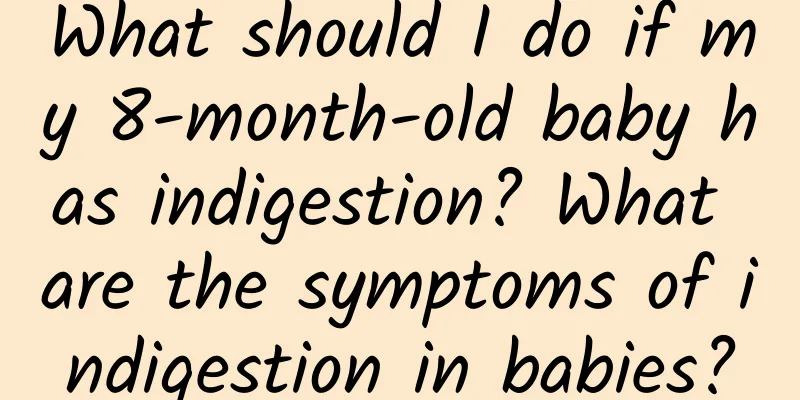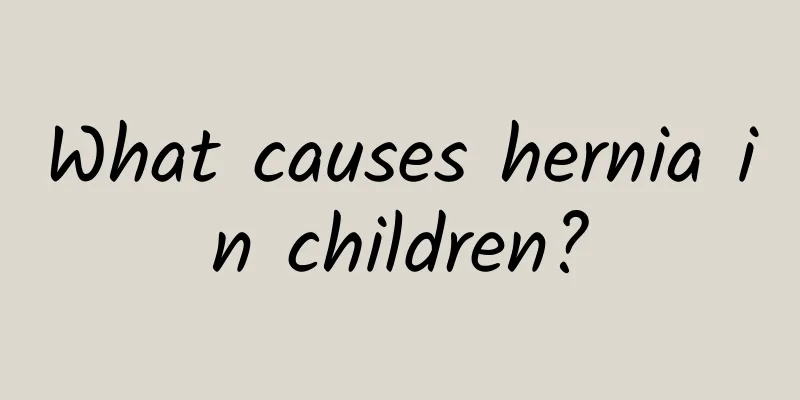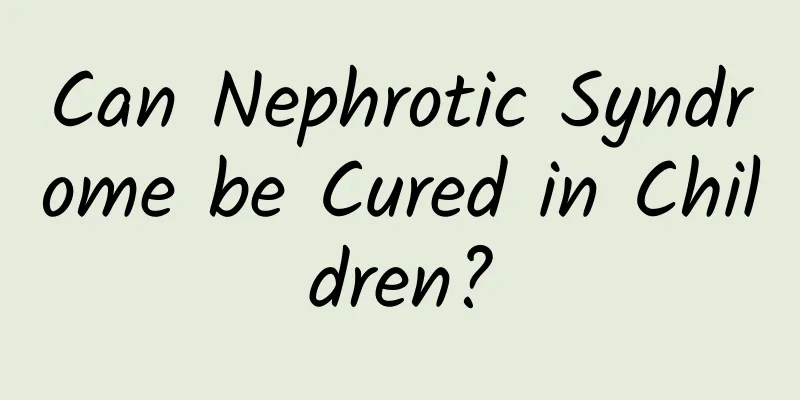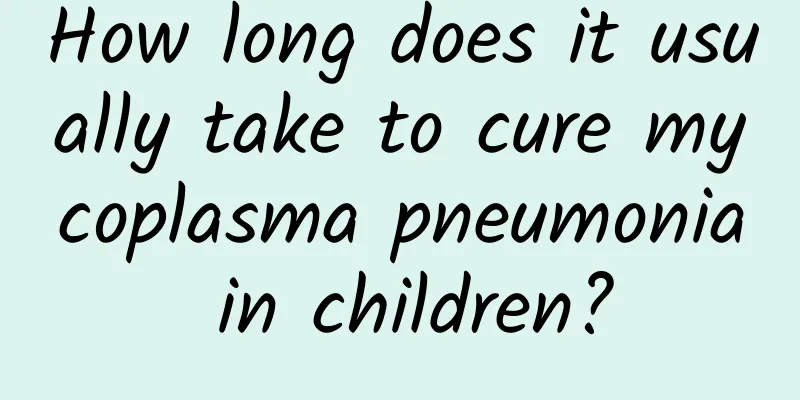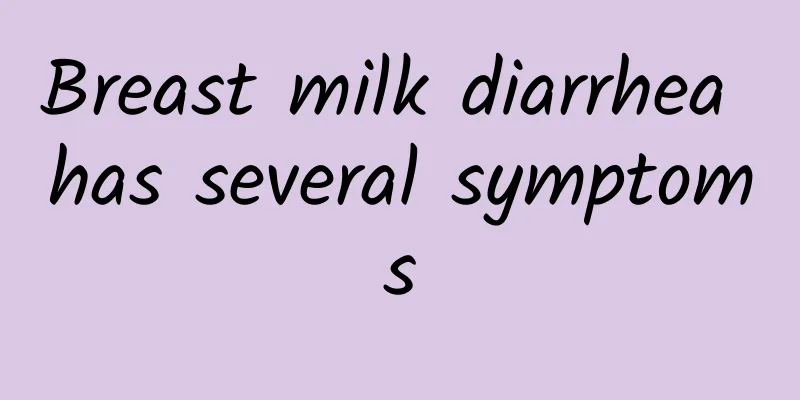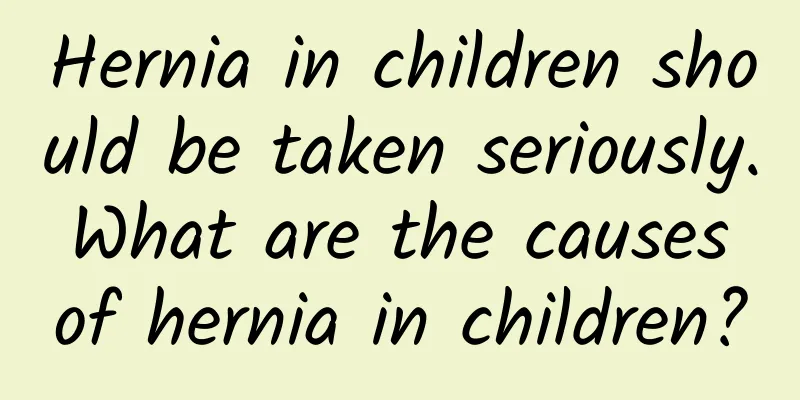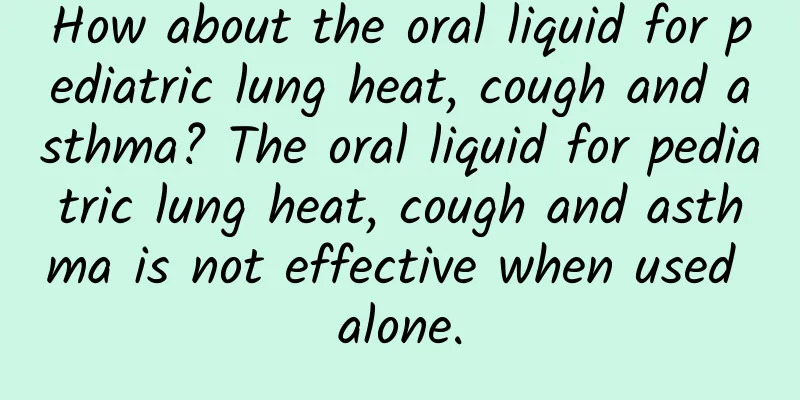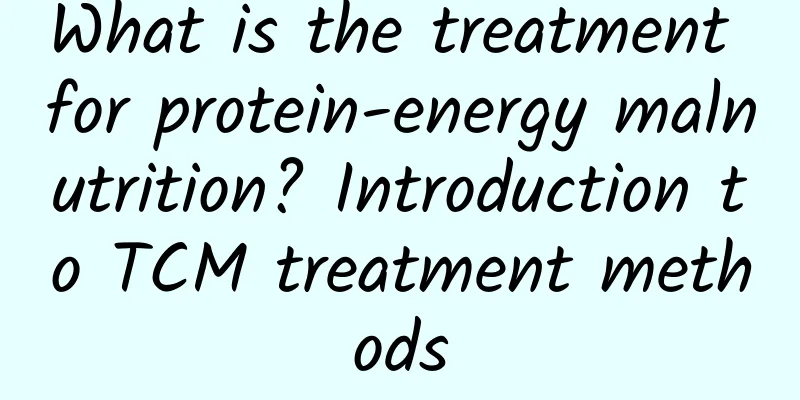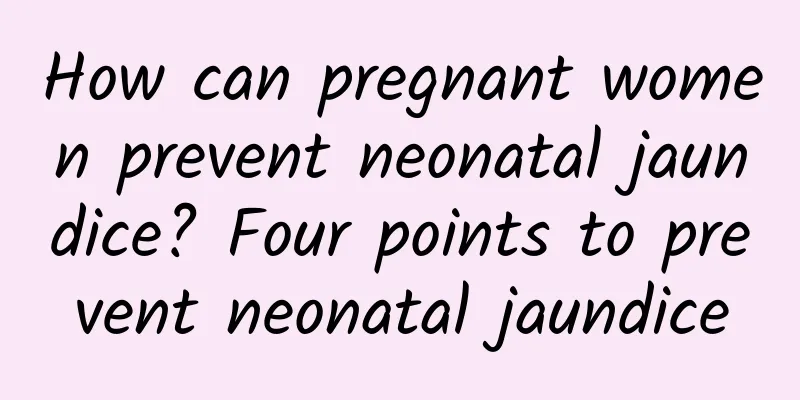How much do you know about the dangers of Kawasaki disease?
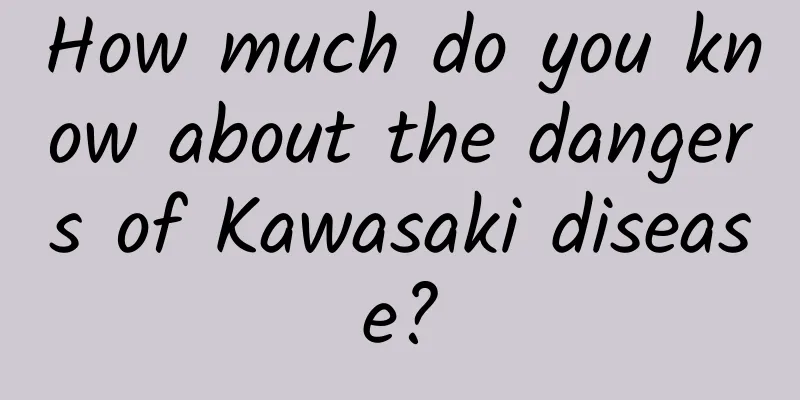
|
Many children have poor immunity. If preventive measures are not taken to help them stay away from various diseases, it is easy to harm their health. Take Kawasaki disease for example. How much do you know about the dangers of Kawasaki disease? The following is a detailed introduction. Children usually have prodromal symptoms such as upper respiratory tract infection before the onset of the disease. The high fever lasts for 1-2 weeks, the conjunctiva of both eyes is congested, the lips are cracked and bleeding, the oral mucosa is congested, the tongue surface is like bayberry, the rash of various forms appears on the whole body, the hands and feet are hard and swollen, and the cervical lymph nodes are swollen. After the above symptoms subside, characteristic membrane-like peeling may appear at the end of the fingers and toes along the junction of the nails and skin, and peeling may also be seen around the anus Kawasaki disease is so harmful that parents should take their children to the hospital in time when they have fever, rash, mucosal damage, swollen lymph nodes and other symptoms. Since the cause of Kawasaki disease is not very clear, there is no good measure to prevent it. However, since most children have upper respiratory tract infections before the onset of the disease, upper respiratory tract infections should be avoided as much as possible during the turn of summer and autumn. Regardless of whether they have coronary artery disease or not, children with Kawasaki disease should pay attention to a reasonable diet and try to avoid hyperlipidemia and hypertension to reduce the risk of coronary heart disease when they grow up. In addition, the recurrence rate of children who have suffered from Kawasaki disease is 1% to 3%, so it should not be taken lightly. They should pay attention to catching colds less often to avoid recurrence. Some children with Kawasaki disease may suffer from multiple organ damages such as heart, brain, liver, lung, and kidney. Among them, cardiovascular damage is the most prominent, mostly occurring 2-3 weeks after onset and can last for months to years. Types of cardiovascular damage complicated by Kawasaki disease include coronary artery aneurysms, coronary artery dilatation, coronary artery stenosis or occlusion, etc. Aneurysms can be single or multiple, and most of them can disappear within 1-2 years, but local fibrosis of the vessel wall can promote intimal hyperplasia, resulting in ineffective expansion of the coronary artery. In severe cases, thrombosis, lumen stenosis and occlusion, and even myocardial infarction can be formed. It can also lead to severe symptoms of cardiac ischemia or develop into ischemic heart disease, which is the main cause of death from Kawasaki disease. After reading the above introduction, friends have a very clear understanding of the dangers caused by Kawasaki disease. Kawasaki disease is a very common disease in children. I hope parents can take Kawasaki disease seriously, understand the harm of the disease clearly, pay attention to their children's physical condition, and conduct relevant examinations if any abnormalities are found. |
<<: What are the dangers of Kawasaki disease to patients?
>>: Treatment options for Kawasaki disease
Recommend
Will physiological jaundice in newborns recur? Detailed description of the symptoms and characteristics of physiological jaundice in newborns
Neonatal physiological jaundice usually appears t...
Can Kidney Disease in Children be Cured?
Can childhood kidney disease be cured? In recent ...
How to disinfect your home for hand, foot and mouth disease? What are the methods of disinfection for hand, foot and mouth disease?
Every spring and summer, we often see many places...
How to solve the problem of indigestion in children? Treatment of indigestion in children
The health of children is very important to paren...
What medicine should children take for dry cough
When children have dry coughs, the medication the...
What is the reason for the white spots on the baby's face? Beware of 3 skin diseases when white spots appear on the baby's face
When parents find small white spots on their chil...
What should I do if my baby has a cough? What are the dietary treatments for my baby's cough?
When babies have coughs, their mental state will ...
Causes of hand, foot and mouth disease in adults
The causes of hand, foot and mouth disease in adu...
What are the dangers of pneumonia in children?
What are the dangers of pneumonia? Pneumonia is a...
What are the effects and functions of dandelions? What should we pay attention to when eating dandelions?
Dandelion is a common plant. It is not only a del...
What is cholestatic jaundice?
What happens with cholestatic jaundice? Cholestat...
Prevention of mumps from many aspects
Mumps is a chronic disease that many busy office ...
How mumps is transmitted in children
Mumps in children is mainly transmitted through d...
Methods to prevent recurrence of polio
The incidence of polio in my country is on the ri...
How to prevent indigestion in babies? What is the best food to eat?
Children are often unaware of the cause of their ...
